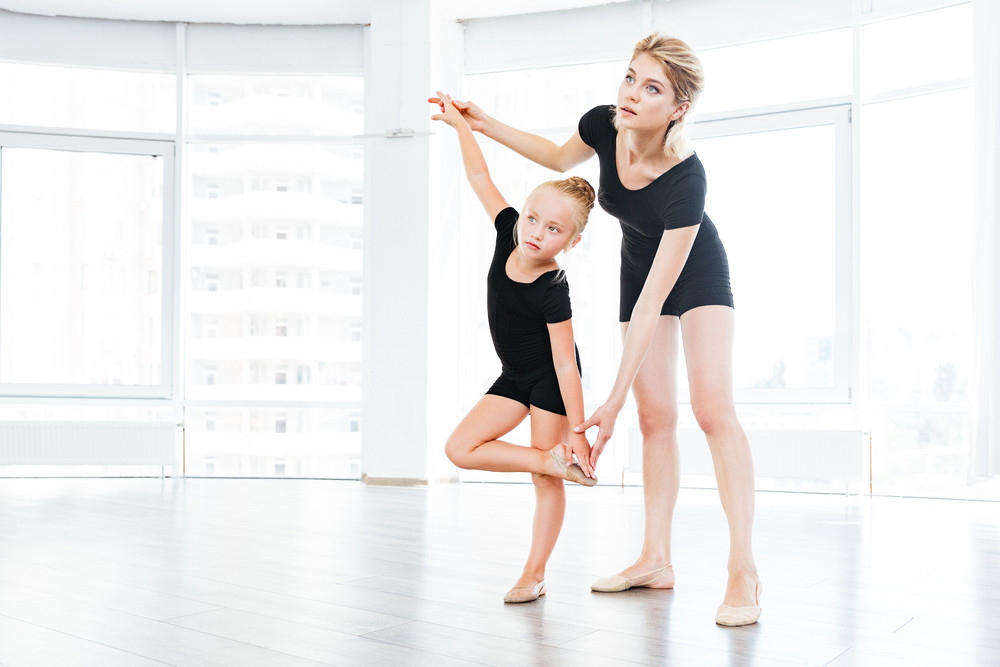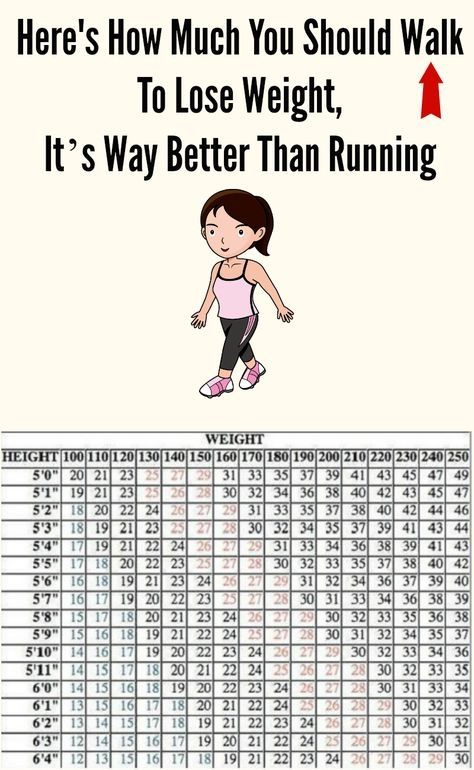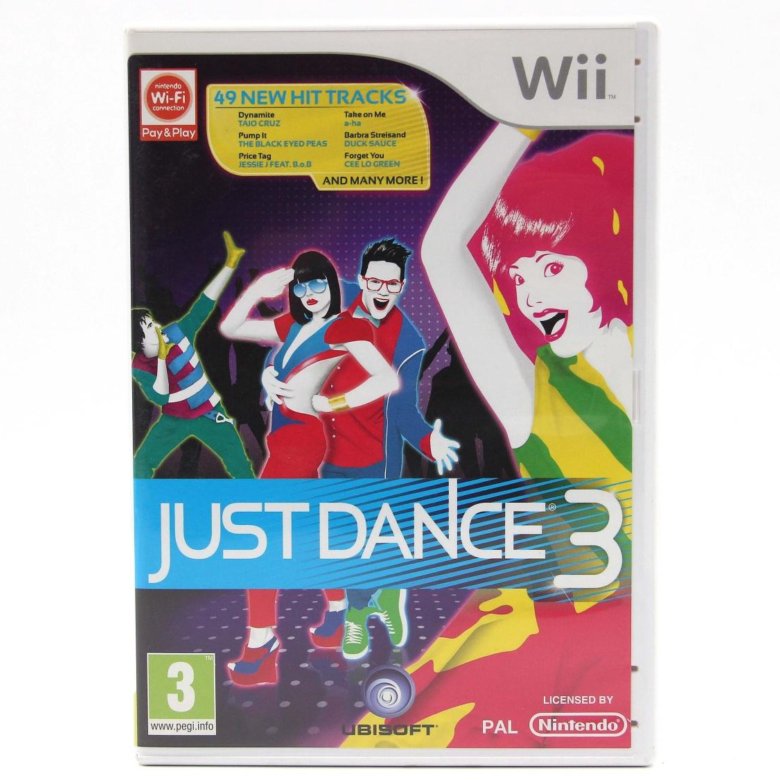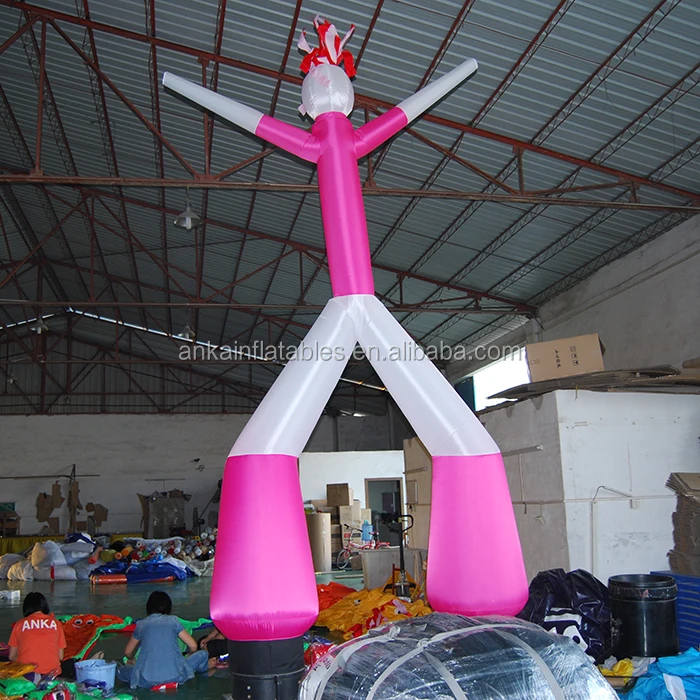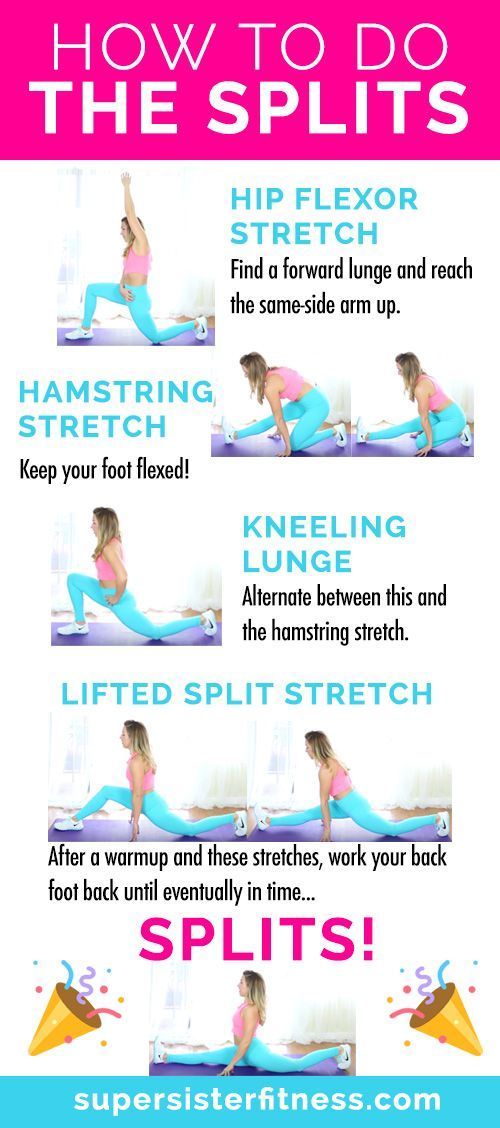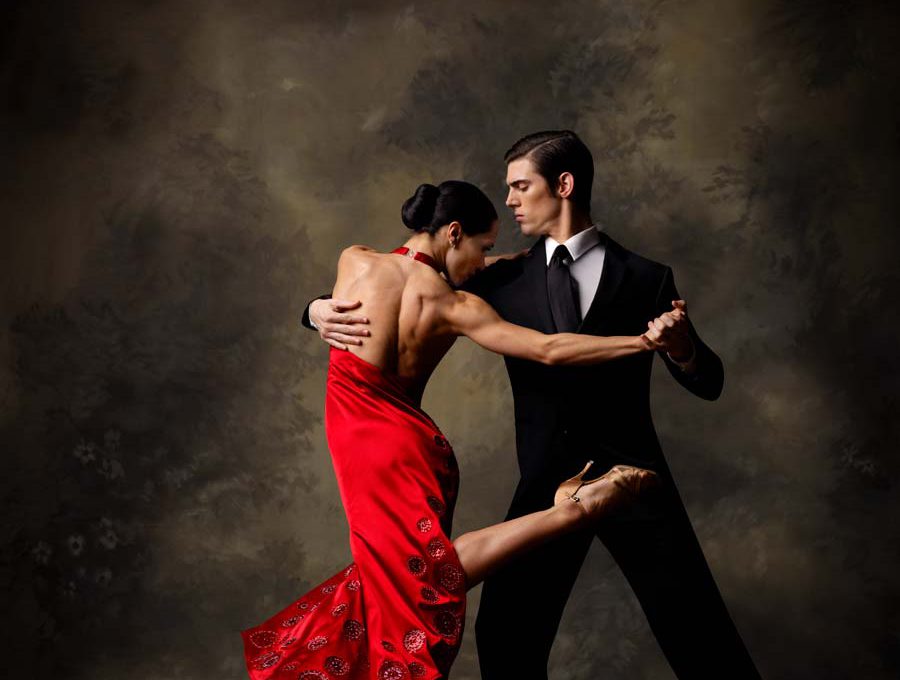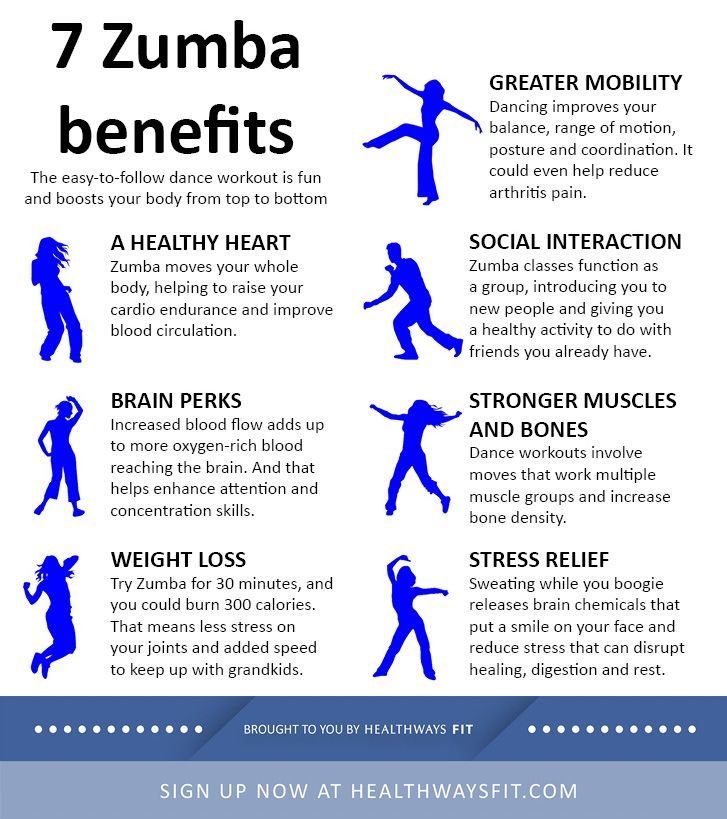How to teach dance choreography
A 4-Step Method to Help Your Dancers Learn Choreography Faster
Todd Rosenlieb, left, of The Governor's School for the Arts. Photo by Victor Frailing, courtesy of Todd Rosenlieb<span></span>
A 4-Step Method to Help Your Dancers Learn Choreography Faster
You’re setting choreography on your class and most of the students are picking it up. One dancer, though, is having difficulty remembering the steps. You review the material several times, but you fear that this is starting to hold back your more advanced students. Still, you’re worried the struggling dancer will be left behind. What is the best way to proceed?
Memorizing choreography is an essential skill for dancers. Fast learners have more time to work on the technique and artistry within a combination, and they are often the first to catch the eyes of directors. Like most skills, learning pace can be improved. Encouraging students to develop their own memorization methods will help them approach choreography with confidence.
Teaching the Steps
The traditional way for dancers to learn choreography is to mimic movement as you teach it. But some students may benefit from first watching you show the phrase. The mirror-neuron theory, a component of ideokinesis (a movement-science visualization method), says that dancers’ own movements are better informed after seeing someone else perform. This means that having students sit and watch you demonstrate a full phrase may actually help their muscles pick up choreography more efficiently.
Some students become stressed out by the amount of information being taught. It may be less intimidating for them to break the movement down into sections of the body. Todd Rosenlieb, chair of the dance department at The Governor’s School for the Arts in Virginia, has these dancers first tackle the feet. “Once they get the rhythm of it, add the upper body,” he says. Rosenlieb also asks dancers to think of the choreography in stage terms. For instance, moving upstage or downstage instead of forward and back can help them understand the space if they get lost or have to reverse the material.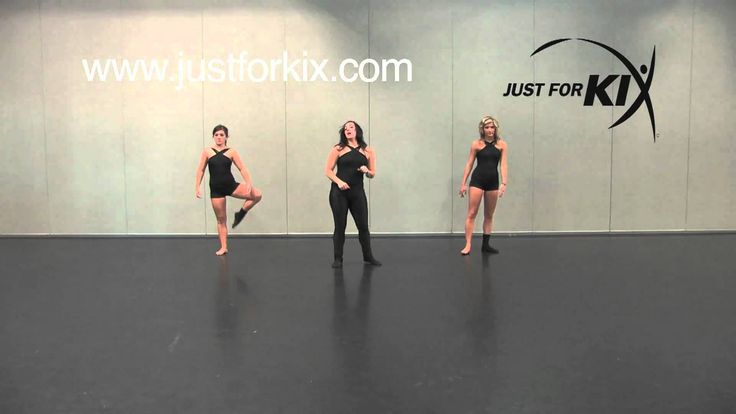
Don’t hesitate to take an extra moment with struggling students in class or rehearsal, but be sensitive to embarrassment and frustration. Singling a dancer out in front of their classmates can undermine their confidence. Having an advanced student take the other aside removes some of the pressure and allows you to continue teaching the rest of the group.
Walnut Hill’s Denise Lewis. Photo by Sharyn Peavey, courtesy of Walnut Hill School
On Their Own
Dancers can create landmarks in the choreography by connecting steps with musical cues. “Students need to see the connection between the music and the physical parts,” says Denise Lewis, associate director of dance at Walnut Hill School for the Arts in Massachusetts. She finds that particularly detailed sections of choreography are retained best when broken down into smaller beats (like “one-e-and-a-two”). “I get a really good result using counts, especially with younger children,” says Lewis. “That kind of clarity eliminates any confusion.”
“That kind of clarity eliminates any confusion.”
Dancers can also create their own keywords, creative names or sounds associated with the movement. For instance, “If you cross your legs and swirl to the floor, call it a swizzlestick,” says Rosenlieb. Singing the word or sound in their heads through the time it takes to complete the step will help them learn the musicality and rhythm. (For similar techniques, see the sidebar “Building Off Imagery.”)
Keeping a notebook to journal a difficult sequence of choreography, as well as corrections given during class and rehearsal, will allow dancers to review what they learned without your help. It also forces them to clearly articulate each movement as they write it down. Give them copies of the music so they can physically or mentally practice the phrases during downtime, like car rides to the studio, before bed or in the shower. “When they have a quiet moment,” says Rosenlieb, “students can close their eyes and visualize the dance and the way they want to dance it.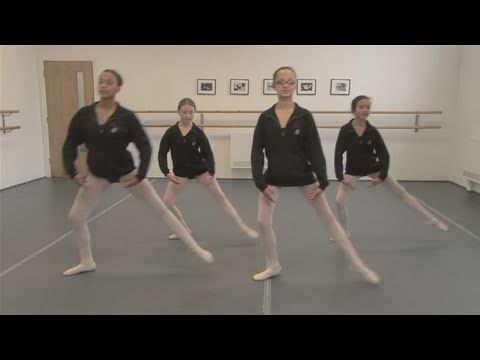 ”
”
Building Off Imagery
Sometimes a vivid mental picture is all it takes to remember steps, says Eric Franklin, creator of the Franklin Method (franklinmethod.com).
1. Create metaphors: Dancers of all levels respond well to vivid images. Instead of putting your arm out and reaching, identify it as “reaching for an apple.”
2. Chain images together: Reach for the apple, kick a ball, open a curtain and jump over a stream. “Dancers who couldn’t remember anything suddenly can remember a very long series of steps,” says Franklin.
3. Identify transitions: The in-between moments are where dancers often struggle the most. Create specific qualities, like “Your shoulder blades are melting down your back like ice cream on a warm day.”
4. Share strategies: Ask students to come up with their own imagery and then teach it to another group of dancers. “Kids love it and they learn a lot more, a lot faster,” says Franklin. This helps them develop new ways of remembering the same choreography.
This helps them develop new ways of remembering the same choreography.
Teaching Choreography
Photo by Catherine L. Tully
by Lauren Warnecke, MS
A choreographer does not a teacher make, and vice-versa. There seems to be a divide between the teachers and the dancemakers (perhaps as there should be), but at the end of the day, the dance teacher needs to be able to choreograph and the dance maker needs to be able to teach. At the student level, this logic makes total sense, because learning choreography is part of the student dancer’s training, and, most often, her teacher rather than a professional choreographer is teaching the dance.
At the pre-professional/professional level, the expectation to pick up quickly, and without much guidance, is astronomically higher. Studio space is expensive, and it’s the dancers’ jobs to learn movement regardless of the choreographer’s ability to teach. Picking up quickly is, in some sense, also a way to weed out dancers from the hundreds that are gunning for the one spot you have open in your company.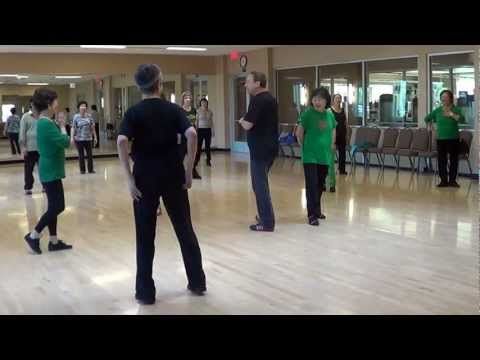
Look, I get it.
But I would also argue that utilizing solid teaching methods in the studio could make for a more efficient, less frustrating rehearsal process. Plus, you’re more apt to get what you really want out of the dancers.
There are three ways in which people learn: visual, auditory, and tactile cues. Some people learn through watching a demonstration, others by listening, and still others by doing. This is, in part, why traditional schoolrooms (trying to learn math by listening to a teacher talk and then writing out standardized tests) don’t work that well… but I digress.
In order to best your chances of the dancers picking up movement quickly, you should accommodate for all three learning styles. Say what it is, demonstrate it, and allow ample time for practice. Delivering information in smaller sections helps too, but more on that later.
In the current piece I’m working on, I have three dancers, each with really different learning styles. Katie likes to talk it out and take notes; Vienna watches me intently and then repeats it barely batting an eye, and Laura likes to practice and let the movement sink in throughout the rehearsal.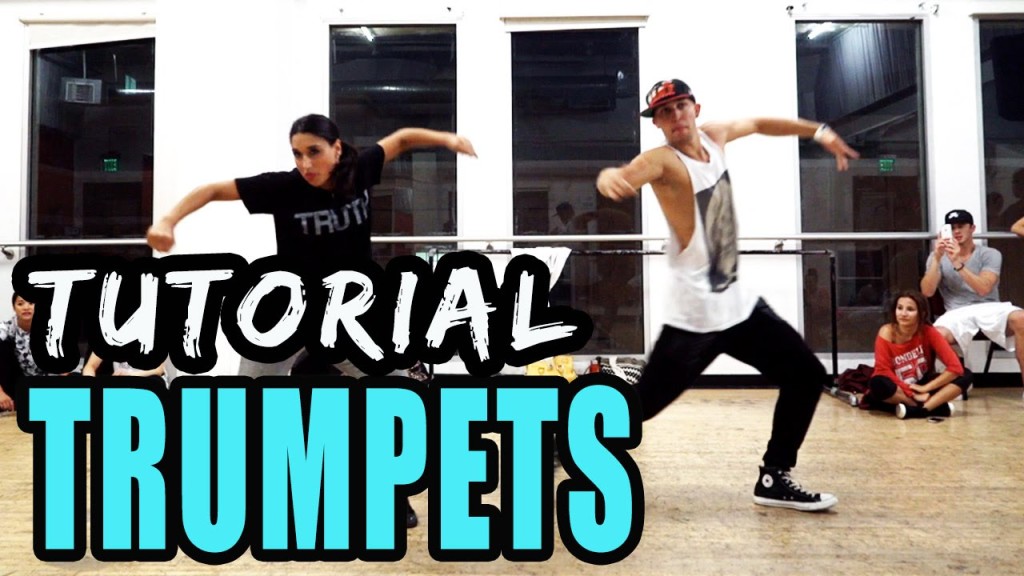 All three of them pick up movement at about the same rate, because I don’t cater to one learning style over another. I could sit in a chair and talk, but I’d get really frustrated with Vienna. I could demonstrate and expect them to run it right away, but then Laura would feel lost. The choreographer has a certain amount of responsibility for observing the ways her dancers learn. If all you want to do is sit in a pair of jeans and talk the dancers through it then be prepared to fire them in droves until you’ve found ones that learn best through listening.
All three of them pick up movement at about the same rate, because I don’t cater to one learning style over another. I could sit in a chair and talk, but I’d get really frustrated with Vienna. I could demonstrate and expect them to run it right away, but then Laura would feel lost. The choreographer has a certain amount of responsibility for observing the ways her dancers learn. If all you want to do is sit in a pair of jeans and talk the dancers through it then be prepared to fire them in droves until you’ve found ones that learn best through listening.
Chunking is another method that makes the rehearsal process smoother. Naming sections of your dance makes it easier to pick up from the middle; this is especially helpful when dealing with a longer piece. When the dancers have a reference like “Go to the ‘Fields and Flowers’ section”, they’ll know exactly what you mean instead of needing to have a long-winded discussion about it.
Aside from cueing a particular place in your dance, chunking is good for the teaching phase of the process too.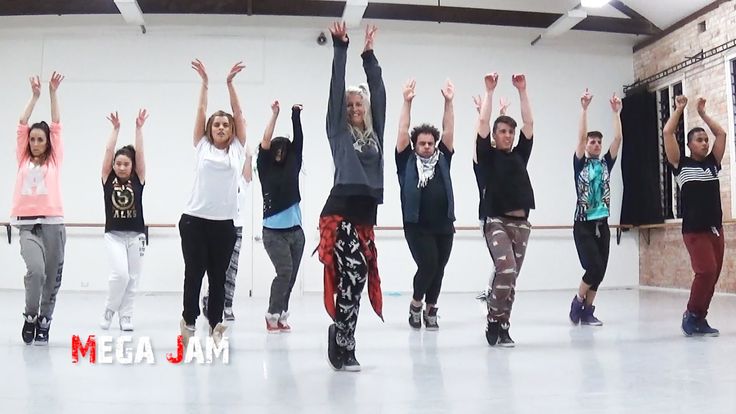 Believe it or not, chunking is not just a word I made up… it’s an actual scientific thing! We (meaning people in general) remember things in small doses:
Believe it or not, chunking is not just a word I made up… it’s an actual scientific thing! We (meaning people in general) remember things in small doses:
That’s why phone numbers are subdivided into three parts.
Social Security Numbers and credit card numbers are too.
And chunking is why you’ll probably remember these three sentences in this article more than anything else (get it?!? They’re chunked).
So when teaching a longer phrase, it’s best to subdivide into somewhere in the ballpark of 5 steps, and then go back and add the next five steps, repeating what you’ve already learned.
Educational psychology aside, when teaching new movement I continually use analogies, metaphors, onomatopoeia, and, when all else fails, ballet. Don’t get me wrong, I’m a proponent of renaming and reinventing steps to become something new – I mean, that’s what modern dance is all about. What was a pleading, after all, before Martha came along and named it?
So, yes, rock on with your new steps called “shoo” and “tacka” and “giggly cow”.
But, I’m also a huge fan of reverting to things that we know for points of reference. For many of us, that’s ballet technique. I like to compare ballet to Starbucks, or the Catholic Church. Go to any location in the world and you’ll pretty much know what to expect. A latte is a latte, and an assemble is an assemble. Now, you might be doing that assemble upside down, on one shoulder, with your thumb in your mouth, but using familiar ballet terminology can really help get your point across when faced with a bunch of blank, not understanding faces.
Ultimately, none of the above matters if you don’t really know what you want. I’ve been told that I’m fast in the studio. I can whip out a nine-minute dance in about six hours (I flatter myself), and it’s not because I fear attention to detail or a long creative process. I feel a certain amount of responsibility for going into a rehearsal with a plan – even if I don’t have every step worked out, or any of them, for that matter! There are plenty of choreographers who rely solely on their dancers for movement invention. Not that there’s anything wrong with that, but at the end of the day (or the rehearsal) you’re the boss. It’s your vision that the dancers are creating, and if you don’t know what that is you’ll find a lot of studio time wasted. At upwards of $25 an hour, I can’t afford to mess around with rehearsal time (but this, in part, is another conversation entirely).
Not that there’s anything wrong with that, but at the end of the day (or the rehearsal) you’re the boss. It’s your vision that the dancers are creating, and if you don’t know what that is you’ll find a lot of studio time wasted. At upwards of $25 an hour, I can’t afford to mess around with rehearsal time (but this, in part, is another conversation entirely).
Learn how your dancers learn, chunk, use analogies, and know what you want. These are my best tools for effectively teaching choreography.
What are yours?
Lauren Warnecke, MS, Photo by Kelly RoseContributor Lauren Warnecke, M.S., is a Chicago-based dance artist, educator, and writer. She trained at the Barat Conservatory of Dance before earning a BA in Dance at Columbia College Chicago. In 2009, Lauren completed her MS in Kinesiology at the University of Illinois at Chicago, with a concentration in Motor Control and Learning. Lauren is a Visiting Instructor for the department of Kinesiology and Nutrition at UIC, and teaches master classes and seminars in ballet, modern dance, creative movement, and dance pedegogy. She is certified in ballet by the Cecchetti Council of America and a member of the American College of Sports Medicine.
She is certified in ballet by the Cecchetti Council of America and a member of the American College of Sports Medicine.
In addition to teaching at UIC, Lauren owns and operates Art Intercepts, under which she creates, informs, and writes about dance. The primary mission of Art Intercepts is to bridge the gap between the scientific and artistic communities to present programming that is informed, inventive, and evidence-based. Lauren is a freelance writer/blogger and maintains monthly columns at Danceadvantage.net and 4dancers.org. and is featured on a panel of nationally reputed dance writers at the 2012 Dance/USA conference. She also works periodically as a grant writer and production/stage manager for artists in the Chicago dance and performance community, and volunteers for initiatives encouraging Chicagoans to engage in local, sustainable, and active lifestyles. Lauren likes to hike, bake scones, and dig in the dirt.
Dance teaching: teaching methods, lesson structure
This information will certainly be useful to a dance teacher who is at the origin of his teaching activity.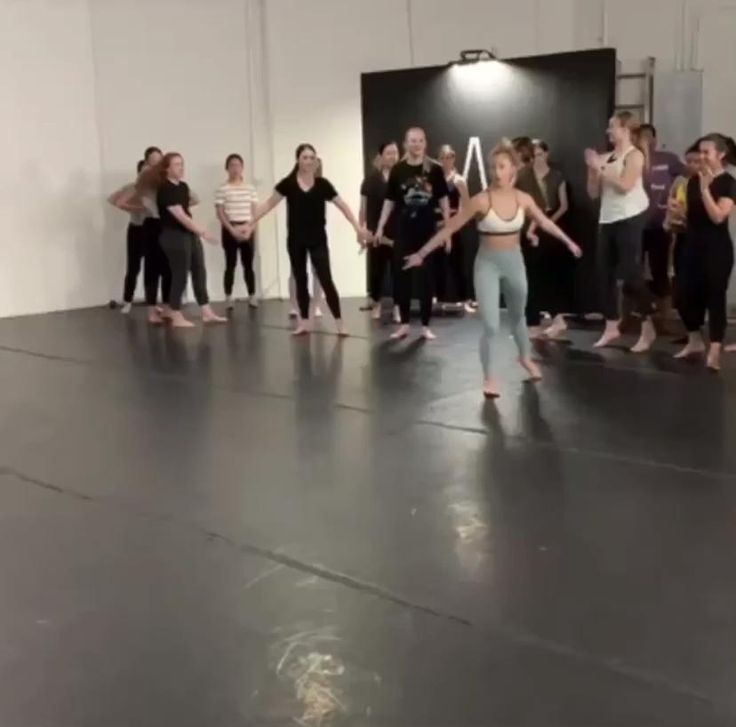 Over time, this technique transforms into its own way of teaching dance, the main thing to remember is that teaching choreography is an exciting creative process, so don't be afraid to experiment! So, let's go directly to dance teaching methodology .
Over time, this technique transforms into its own way of teaching dance, the main thing to remember is that teaching choreography is an exciting creative process, so don't be afraid to experiment! So, let's go directly to dance teaching methodology .
Let's start with three aspects that define the content of our dance lesson. nine0007
- Aesthetic aspect;
- Physical training;
- Premises and auditorium.
Aesthetic aspect
Planning a dance class from the point of view of the aesthetic aspect is the selection of teaching material specific to a certain style. For example, if we are talking about modern choreography, in particular, contemporary dance, then it is necessary to decide which elements of this direction will be included in the lesson.
Elements that make up a contemporary dance lesson:
- numerous postures, movements and transitions involving interaction with the floor.
- exercises for the development of coordination and kinesthesia, that is, awareness of the position of the body in space and the location of body parts relative to each other;
- exercises for flexibility and health of the body;
- work on the quality of movements by optimizing efforts:
Physical training
Physical training includes exercises to develop such qualities as strength, endurance, speed, flexibility, etc. Before embarking on the development of these qualities, the teacher must remember that he is working with people and their bodies. Therefore, in the process of teaching dance, he is fully responsible for the health of his students. nine0005
Before embarking on the development of these qualities, the teacher must remember that he is working with people and their bodies. Therefore, in the process of teaching dance, he is fully responsible for the health of his students. nine0005
Key principles for teaching dance:
1. Do no harm. Every choreographer must remember that people's health is the main value in life.
2. From simple to complex. The dance lesson should correspond to the physical level of the students, and the whole program is built from the simplest movements with a gradual transition to more complex ones.
3. Before starting to work with new students, ask them about possible personal physical characteristics (previous injuries or illnesses, contraindications to certain types of activity). Plan your dance lesson according to the physical characteristics of the students. nine0005
Venue and auditorium
Depending on the shape and size of the dance hall and your audience, the approach to teaching may vary.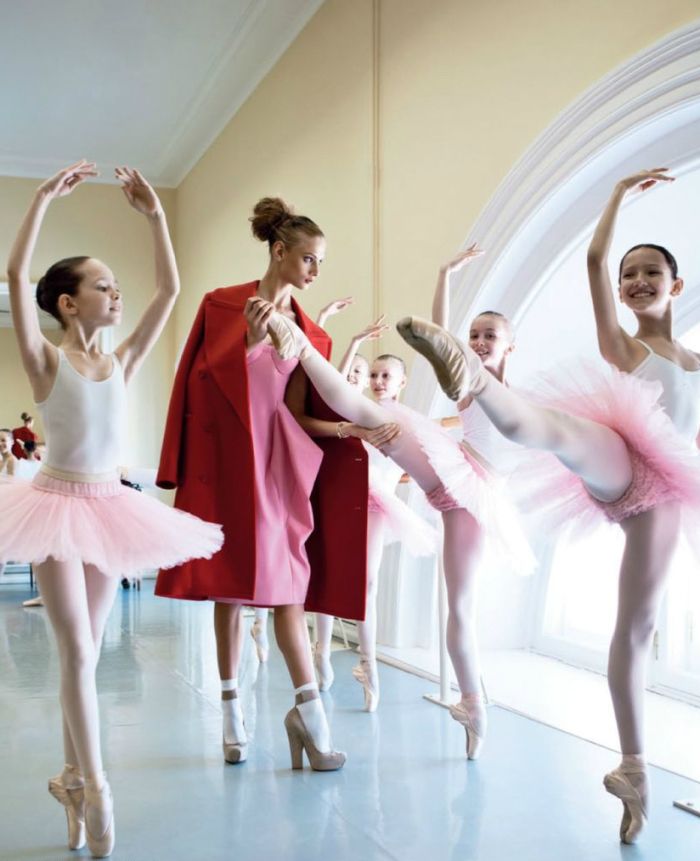
- customize the lesson for your students (amateurs, professionals, children, teenagers, adults, etc.)
- set long-term and short-term goals for your classes (i.e., what is the goal of each particular lesson and the goal of the entire learning process in each group)
Dance lesson structure
The following is a sample structure for a dance session. This organization of the content of the lesson may vary, and, depending on the factors indicated above (the purpose of the lesson, the level of preparation, the possibilities of the dance studio, etc.), some structural components may be excluded from the lesson.
So, as an example, let's take the structure of a lesson for professional dancers (or for a training group that is in preparation for a professional level). The recommended duration of such a lesson is 2 hours, which should include all the components of the dance lesson structure listed below. A lesson for children or a beginner group should be shorter (no more than 1.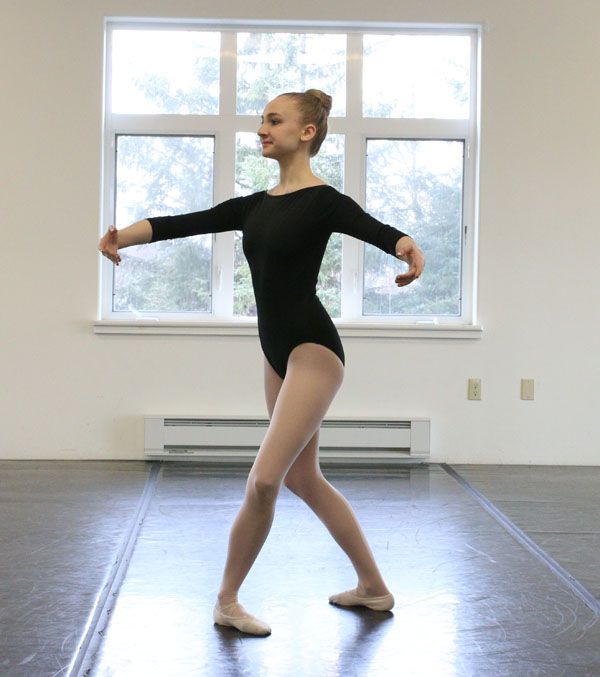 5 hours), and points 3,4 and 6 can be excluded from the structure of the lesson, and points 1 and 7 can be made shorter. nine0005
5 hours), and points 3,4 and 6 can be excluded from the structure of the lesson, and points 1 and 7 can be made shorter. nine0005
Lesson structure elements:
- Relaxation - Concentration - Visualization;
- Warm up;
- Prestretch;
- Break;
- Combination;
- Jumping;
- Stretching - Relaxation - Cooldown.
Relaxation - Concentration - Visualization
Relaxation is a very important element of contemporary dance classes for several reasons.
- in terms of technology: relaxation allows you to optimize energy costs and reduce "parasitic hypertonicity", which helps to reduce kinesthesia.
- from the point of view of physiology: relaxation is in many cases a necessary condition for the development of flexibility and plasticity.
- from the point of view of psychology: relaxation helps to experience the pleasure of the very process of training.
Concentration allows you to mentally prepare for the lesson.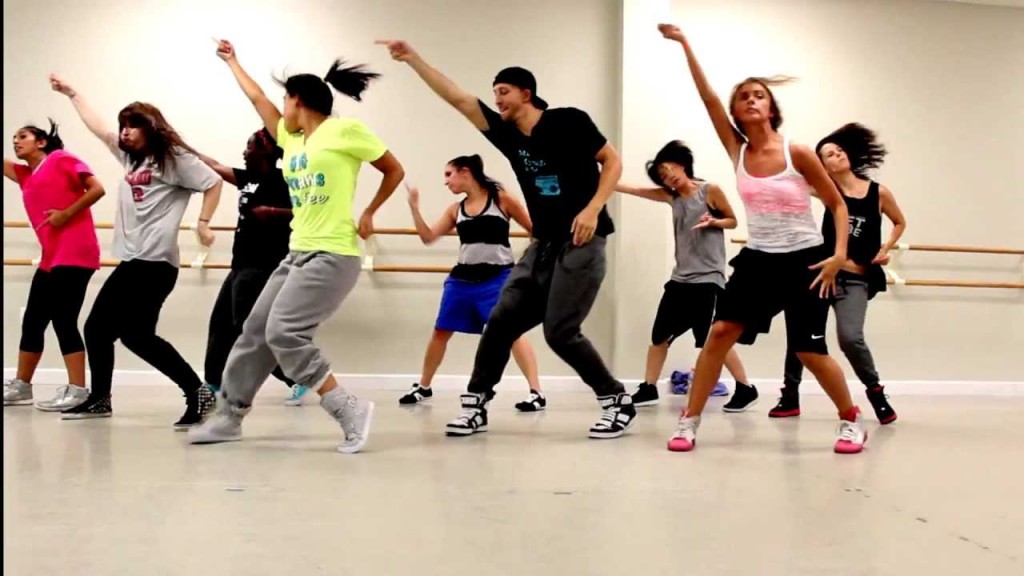 nine0005
nine0005
Visualization is a training component specific to contemporary dance classes. It allows you to focus on the internal sensations in the body during the movement and draw a mental picture of this movement without paying attention to the external aspect, namely, how this movement looks from the outside.
Main goals:
- relieve muscle tone, remove clamps and blocks;
- activate the mental connection with the body;
- focus on the work of the joints; nine0010
- to gently stretch the muscles and ligaments and prepare them for the warm-up.
Characteristics:
Space: lower level (lying on the floor), middle level (sitting, four-point position, kneeling, etc.)
Time: very slow movements or static positions.
Dynamics: soft "lazy" movements, special attention to give full body weight to gravity.
Warm-up
Lately there has been an opinion that a warm-up is not necessary for a dance class.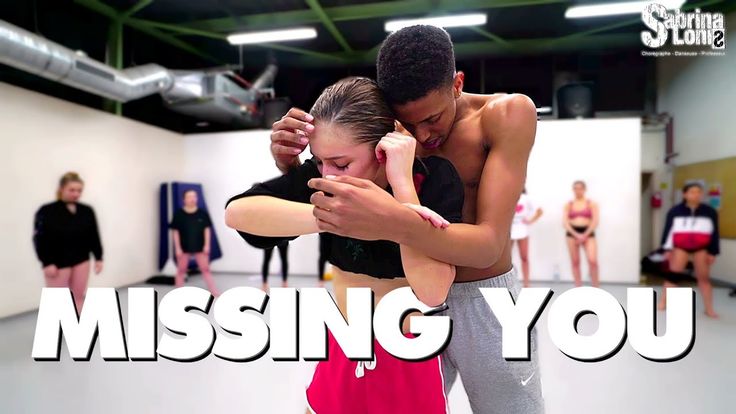 If you find this theory attractive, then we advise you to study this issue in depth before you start teaching dances to other people. nine0005
If you find this theory attractive, then we advise you to study this issue in depth before you start teaching dances to other people. nine0005
If you ask a physiologist: What happens to a person if he starts swinging his legs and jumping high without first warming up, trying to imitate ballet dancers, then this is what you will hear in response:
1. A person can get a sprain in the muscles of the legs.
2. Muscle hypertonicity will occur and flexibility will deteriorate.
3. The risk of developing cardiovascular disease will increase, and in the case of people over 40 years old, this can lead to a heart attack.
Of course, as a rule, young people or people with good health go in for dancing, but all of them, of course, want to live happily ever after, including as dancers. So take good care of their health!
Main goals:
- Activate the intensive work of the cardiovascular system;
- Prepare different parts of the body for their extreme positions;
- Practice basic movements.

Features:
Space: changing levels, short tracks
Time: slow and rhythmic
Dynamic: smooth
Stretching
This part of the structure of the choreography lesson is more suitable for practicing with professionals, stretching helps to improve the basic qualities of dancers, such as strength, endurance , flexibility.
There are two main models for stretching:
- On a choreographic loom;
- On the floor. nine0015
- memory;
- dance technique, purity of movements;
- expression.
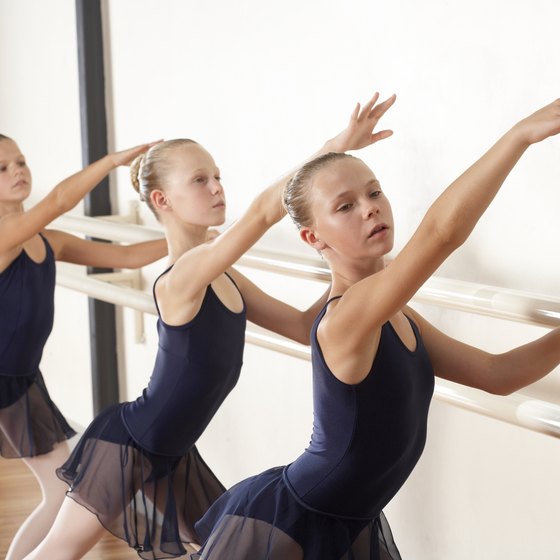
- Dance improvisation: 3 simple exercises.
- Features of the profession
- Workplace
- Dance teacher Salary for December 2022
- Important qualities
- Knowledge and skills
- Where to study for dance teachers
- Dancing teachers
Stretching on the barre:
4-7 exercises focusing mainly on footwork. Contemporary dance usually uses simple exercises from classical ballet with the addition of movements from modern choreography.
Space: high level.
Time: from slow to medium rhythmic combinations.
Dynamic: Varies with exercise.
Floor Stretch:
Also 4 to 7 exercises focused on stretching the legs and core. The technique of working on the ground by Martha Graham is very well suited.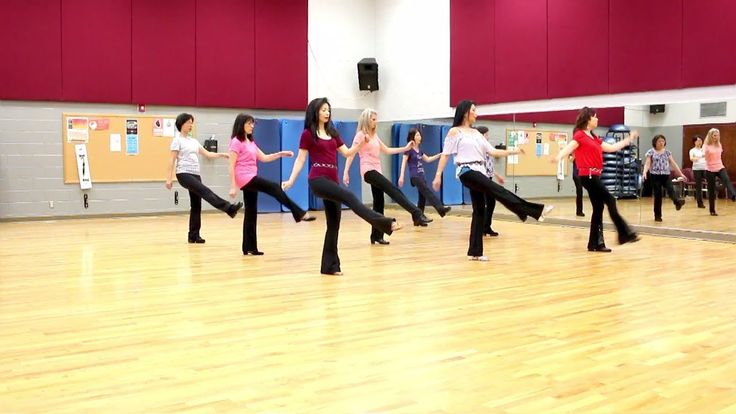 nine0005
nine0005
Space: low and medium level.
Time: slow movements with gradual acceleration.
Dynamics: varies depending on the exercise.
Break
It is advisable to include this item in the structure of the dance lesson if its duration exceeds 1 hour and according to the condition of the students.
As a rest, ask the dancers to do the preparatory exercises on their own (each dancer, knowing his own characteristics, can do any exercises at his discretion). This time can also be used for personal needs, for example: drink water, change your shirt, shoes, etc. nine0005
Combinations
This part of the dance lesson, when we fully feel like dancers and are ready to perform choreographic fragments, using the entire space of the dance hall, all levels and directions.
The main objectives of this part is to work with the visual skills of dancers, including:
Characteristics:
Space: the entire space of the stage, hall or studio. Work with changing levels and directions. nine0005
Timing: medium to high speed, rhythm and duration changes.
Dynamic: variable
Jumps
Jumps are often included in dance combinations. Therefore, if the duration of the lesson is short, then this part of the lesson can be excluded from the structure. But it must be remembered that a separate study of jumps is very effective, both for professionals and for beginner dancers.
This part of the dance lesson can include the study of both individual types of jumps and diagonal jump combinations. nine0005
Space: work with the entire space of the hall, mostly at a high level.
Timing: fast rhythmic combinations
Dynamics: high intensity.
Read: How to learn to dance jump.
Stretch - Relax - Cool Down
By this time the dancers had done a lot of work, were sweating and tired.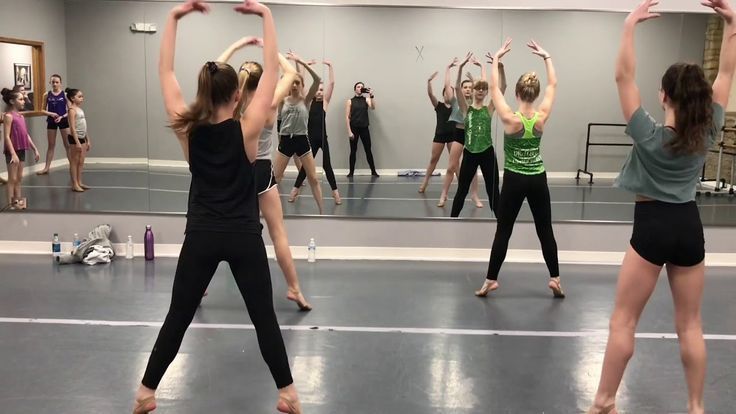 Respiration is accelerated, heartbeat is frequent. Allow 5 - 10 minutes for a smooth completion of the session.
Respiration is accelerated, heartbeat is frequent. Allow 5 - 10 minutes for a smooth completion of the session.
Depending on how much time is left, you can focus on stretching or go straight to relaxation exercises. nine0005
Stretching at the end of a dance class is slightly different from stretching at the very beginning. Now the muscles are well warmed up, so you can do the exercises in pairs. So dancers can help each other improve muscle elasticity through forced stretching. But here, too, you need to be careful, because with a strong warm-up, the pain threshold is lowered, and a person may not feel excessive tension and, as a result, injure the muscle.
If there is very little time left before the end of the dance lesson, you can immediately move on to relaxation. To do this, ask the dancers to lie on the floor, raise their arms and legs to the ceiling (feet can be placed on the wall). Stay in this position for a while until your breath calms down and your muscles relax. nine0005
nine0005
Now you know what the typical structure of a dance lesson consists of. We will be grateful if you share your experience in the comments to this article!
Related content:
where to study, salary, pros and cons
Author: ProfGuide
Updated
Other name dance teachers - dance school teacher or dance studio teacher. It is clear that this is the name of specialists working in a specialized company. But a teacher or dance teacher can be called not only a dance studio teacher, but also a specialist of an educational institution where dances are studied along with other subjects. By the way, the ProfGid career guidance center has recently developed an accurate career guidance test that will tell you which professions suit you, give an opinion about your personality type and intelligence.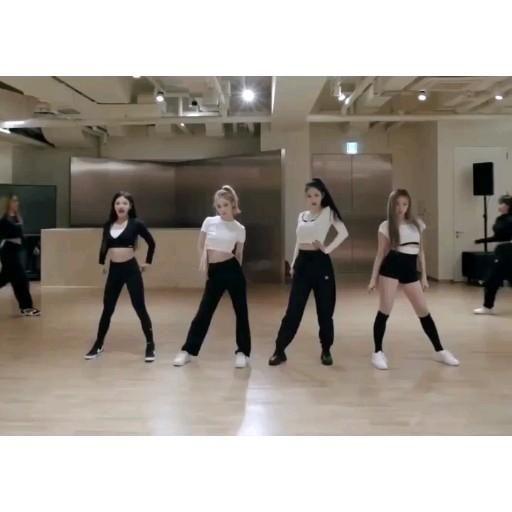 The profession is suitable for those who are interested in physical education and singing, music (see. choosing a profession based on interest in school subjects). nine0005
The profession is suitable for those who are interested in physical education and singing, music (see. choosing a profession based on interest in school subjects). nine0005
Content:
reader also :
Peculiarities of the profession
Some teachers prefer to work with children, others prefer to work with adults, others can work with both. In any case, the task of a dance teacher is to teach their students to move, expressing themselves in dance. However, the higher the level of teaching, the wider the scope of the teacher's activity. It is also commonly believed that the higher the titles he won, the higher his value as a teacher. Also, he often acts as a choreographer: he puts dance numbers for his students when he prepares them to perform on stage.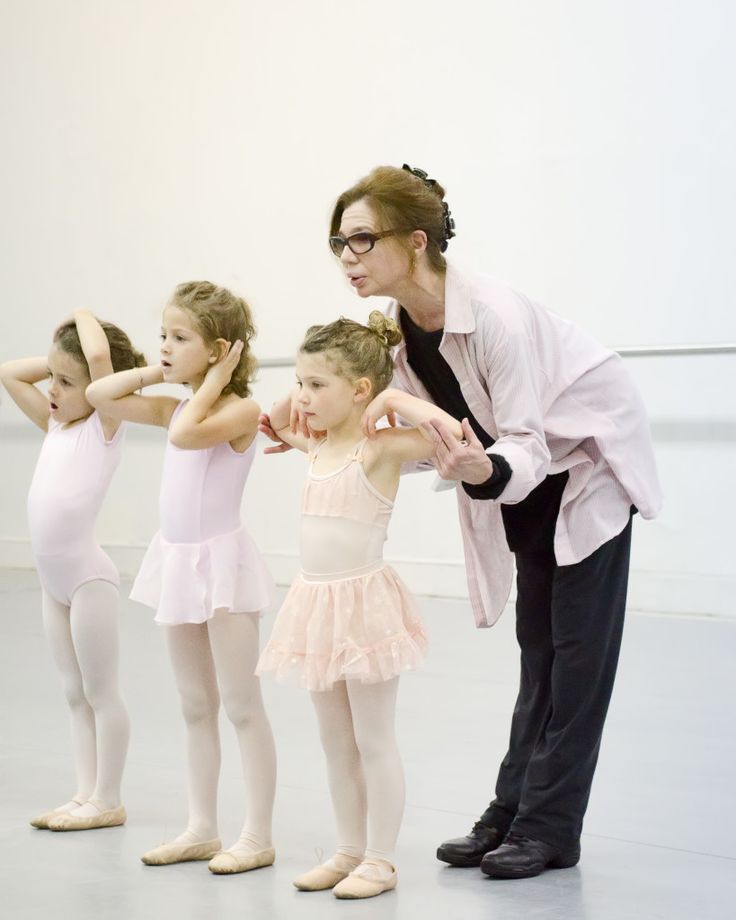 nine0005
nine0005
The dance instructor may have a preference for a particular dance direction: Latin American, jazz, Irish, etc. For example, on his resume, he might write "Latin teacher" or "Jazz-modern dance teacher."
But that doesn't mean he can't do anything else. On the contrary, the profession of a dance teacher means constant learning and learning. As a spectator, he regularly goes to musicals, dance shows, competitions to watch the performances of his colleagues; attends dance workshops to learn something new for his teaching. Different dance and musical styles, teaching methods, eminent dancers and bright debutants - everything is interesting for a dance teacher. nine0005
The teacher-dancer tries himself in different genres, sometimes changes his preferences, expands his role. In a word, it is in creative search. Beauty, joy of movement and creativity are the formula that can describe this profession.
Of course, no one can perform on stage until old age. But while studying with students, the teacher maintains excellent physical shape for many years.
This is enough to be able not only to explain, but also to show the dance to his students. Even if performances and competitions are in the past, the dancer remains a dancer who knows and feels the dance from the inside. nine0005
Workplace
Dance teacher salary for December 2022
Salary information provided by hh.ru portal.
Russia 15000—75000₽
Moscow 30000—100000₽
A dance teacher can work in a dance school, studio, dance club, fitness center, comprehensive school, university, etc. Many teachers work simultaneously in different places, having time to perform and participate in dance championships. Also, a dance teacher can open his own dance school. nine0005
Read also:
Important Qualities
The profession of a dance teacher involves a love of dance, artistry, ear for music, good physical health, goodwill, patience, leadership qualities, self-confidence and optimism. He should be a sociable person, able to pick up the key to a variety of students.